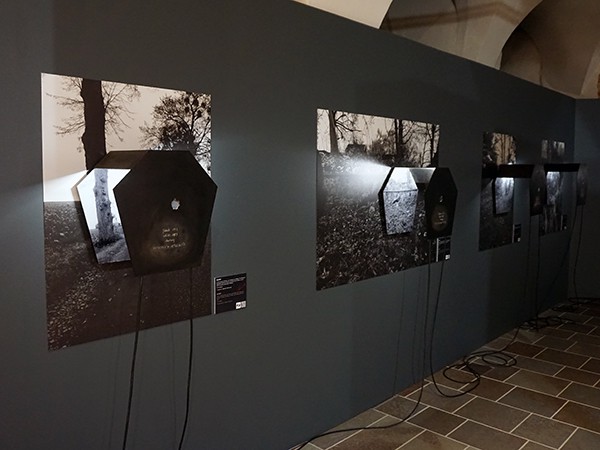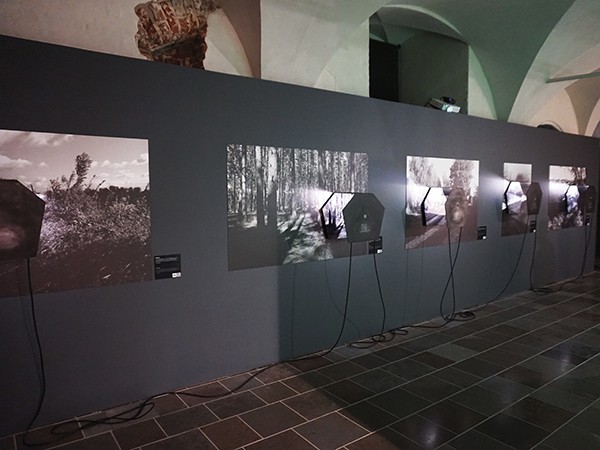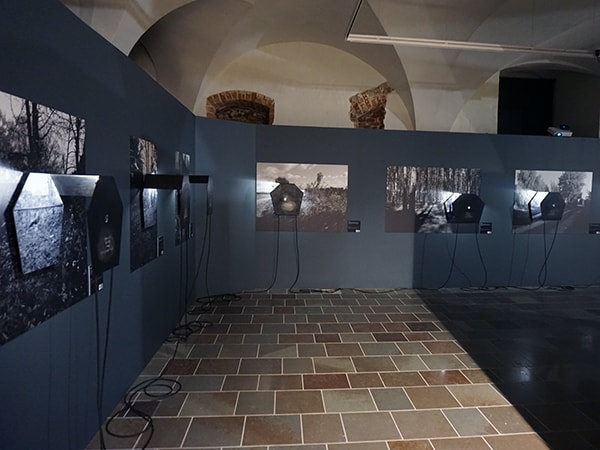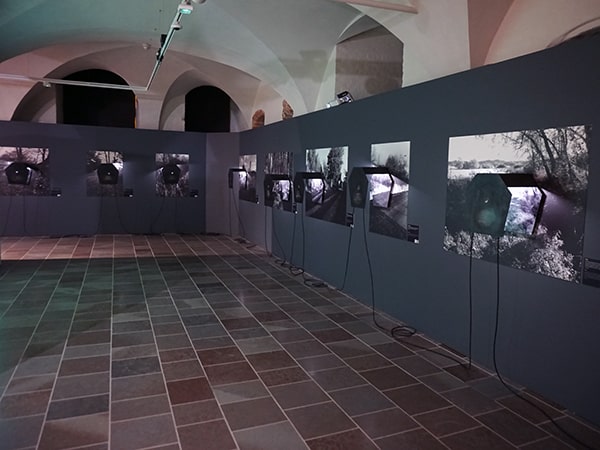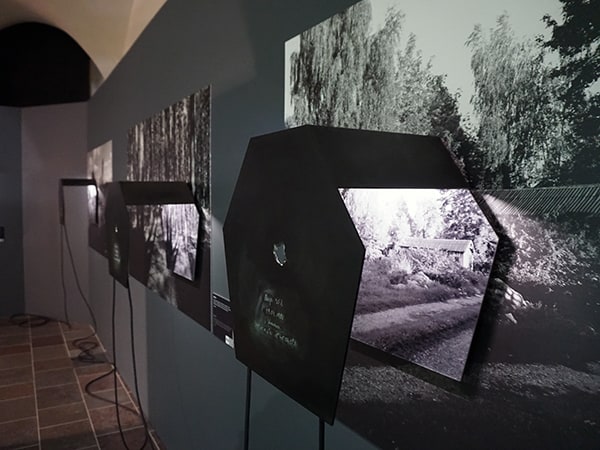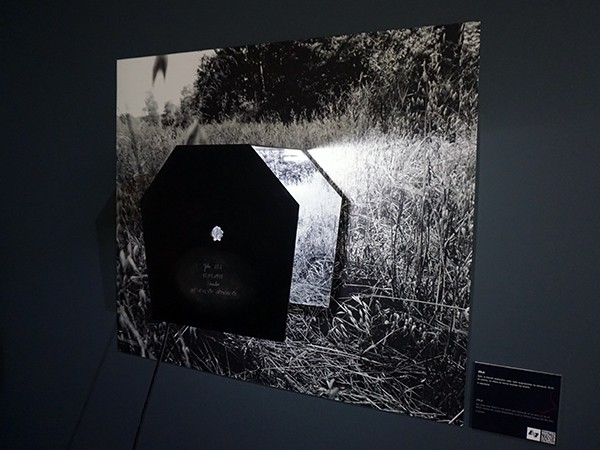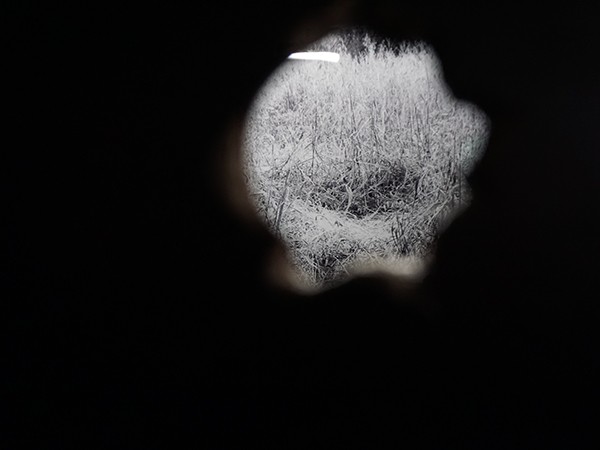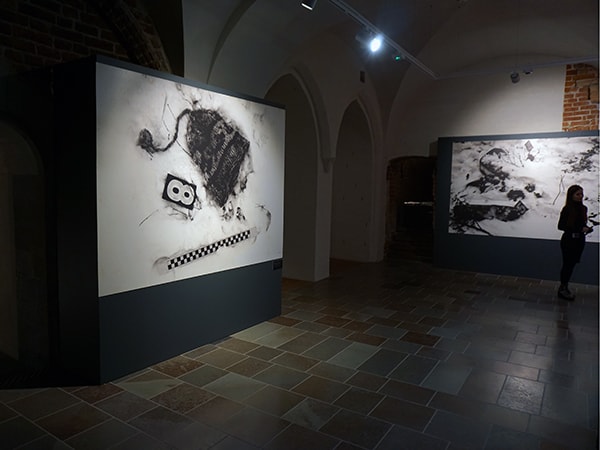Forensic topography
| title: |
Forensic topography Installation with a track. The piece was based on field recordings made by Dorota Nieznalska. Editing, electronics, mastering: Marcin Dymiter |
| year: | 2022 |
| dimensions: | 50/45/30 cm 10 objects (installation space 450/500 cm) |
| technique: | steel, photographic print on glass, LED lighting |
| description: | The project is dedicated to women who were murdered by one perpetrator in the years 1977-1983 in the districts of Gdańsk and Kociewie.
Implemented with funds from the City of Gdańsk as part of the Cultural Scholarship The scope of forensics is extensive and changes over time. In its strict sense, it is a scientific field that attempts to document acts of violence and crime scenes. Its birth as an imaging technique began with an attempt to identify the body of Josef Mengele in 1985. In the project, Forensic Topography, I was interested in finding very specific crime scenes in the city of Gdańsk and its surroundings (Kociewo). I recalled and recreated the topographic network of locations where crimes against women were committed, thus my intention is to maintain the memory of the victims. The case of Paweł Tuchlin is unfortunately deeply embedded in the history of Gdańsk and its surroundings. A serial killer with the police codename Skorpion was sentenced to death and hanged for the murders of 9 women* and attempted 11 further murders, which he committed in the years 1975–1983. He hunted and murdered young women in the Gdańsk districts of Siedlce, Orunia, and Kashubian towns. My goal was to map the places where the crimes took place, photograph them and describe them as places of remembrance of the victims. Using the available archives of the on-site visit with the participation of the criminal and our own field recordings, together with the artist Marcin Dymiter, we created a piece that is also a compilation of original soundscapes as intangible forms of commemoration. Sound is an integral part of the work, responsible for the transfer of volatile memory. The idea is to commemorate the victims of crime from the perspective of many disciplines, history, anthropology, sociology and psychology. *There were 10 murders in total, unfortunately the perpetrator of the Semlin murder was not proven.
|
© Dorota Nieznalska 2009-2023 | privacy policy
website implementation: Brandrei.com
